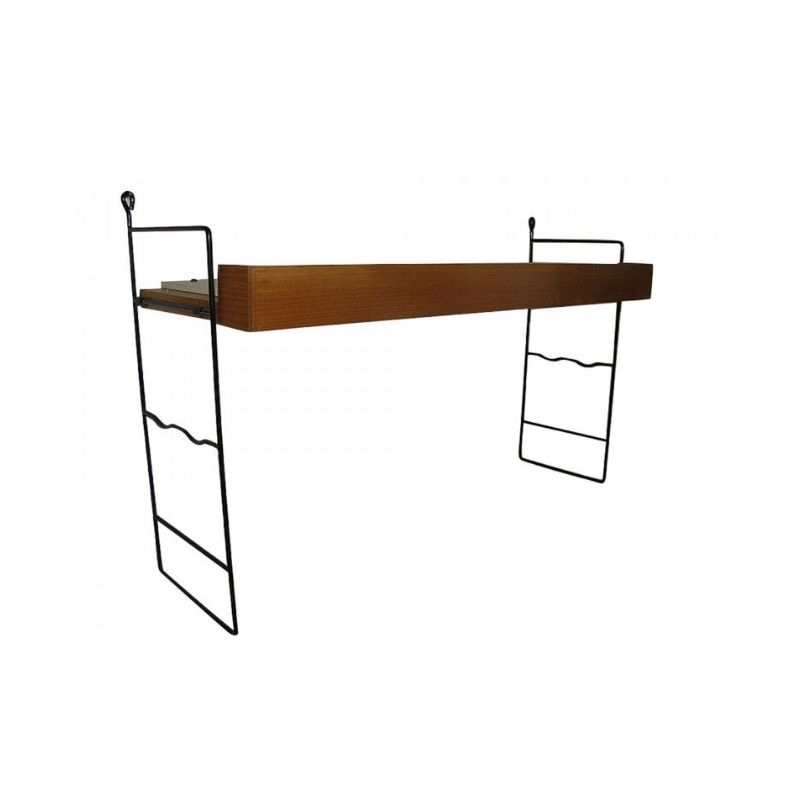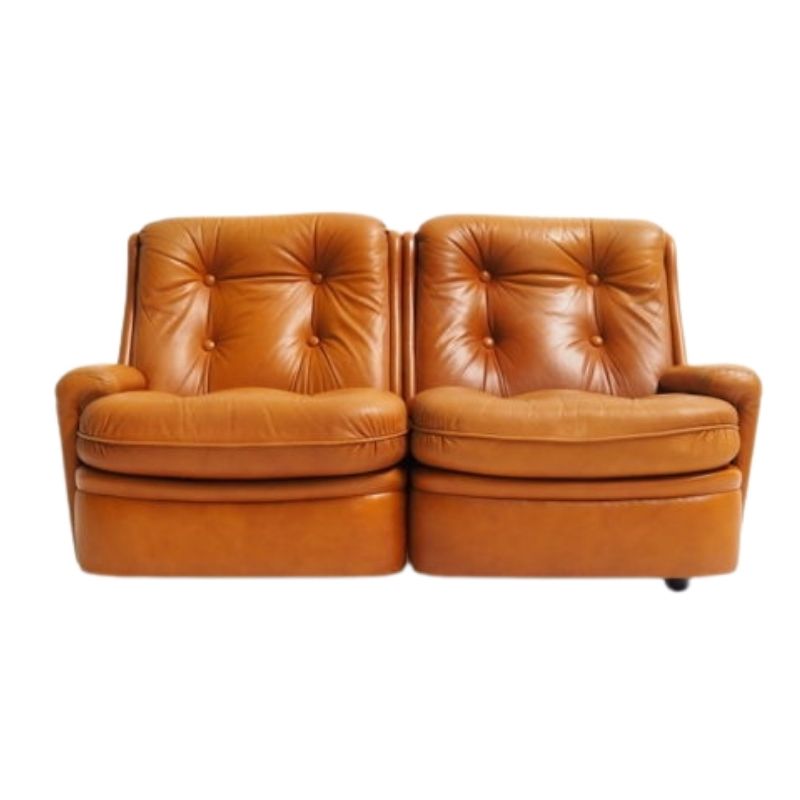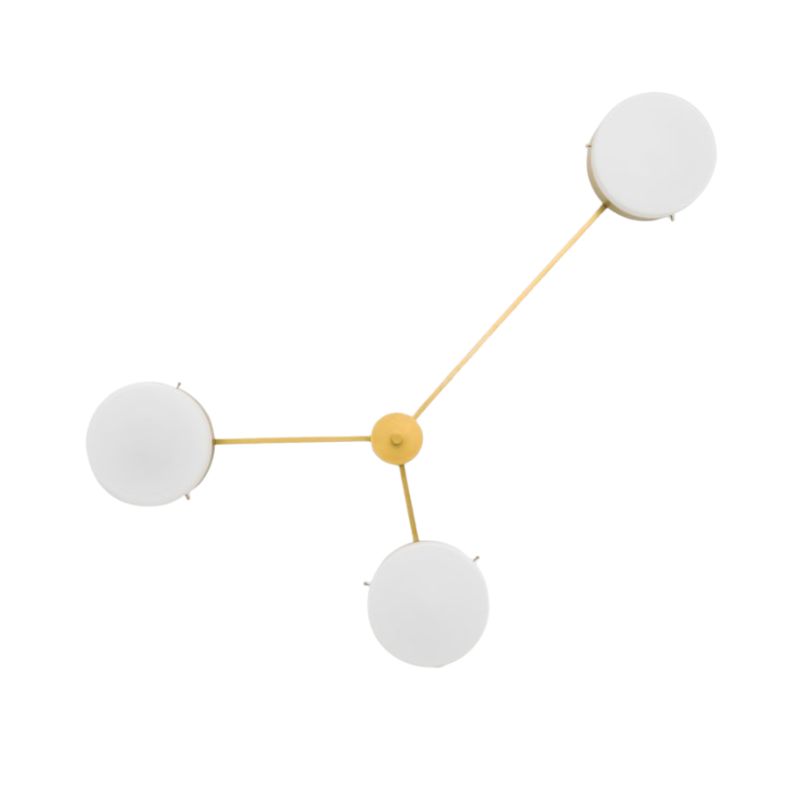below is a link to a
marked Yugoslavian Maria table...I must admit...hard to tell the difference and I can see the strong similarities in mine.
http://www.grestuff.com/danish-yugoslavian-gateleg-table/
More photos I suppose might...
More photos I suppose might help.
One thing that is throwing me about the grain is that it looks like the grain of solid wood. And it definitely isn't solid. I think that means it is flat cut veneer, which usually means each strip of veneer is narrower. Also, the veneer repeats a lot, which would accord with this.
Another thing that is throwing me is the coarseness of the grain. It doesn't look like any of the "usual suspects."
Finally, I think we can be quite certain the legs and inside edges of the table top are stained beech.
A Yugoslav knock-off version ...
A Yugoslav knock-off version would not use flatsawn curly veneer like this. Too expensive.
An authentic factory standard Maria would not use this veneer either.
So I don't know where that leaves you... Possibly this was a custom built "Maria" table.
As to the wood species: it might be curly teak. It might also be any number of tropicals: Khaya and Sapele (both mahogany substitutes) come to mind.
Jerry, you could always poke around
on the wood ID site linked below. Tons and tons of great photos.
http://www.hobbithouseinc.com/personal/woodpics/
That end grain on the edge...
That end grain on the edge banding is surprising.
A: there are very visible rays. Teak would not have that characteristic. I have no idea what would. Which sends me back to the idea that this is some very unusual wood.
B: I've never seen tongue and groove edge banding before. That is just odd.
C: The table top can't be solid and have edge banding. The edge banding would pop off the very first season with expansion and contraction of the wood. So the table top have to have a substrate (plywood or particle board) that doesn't expand and contract. Occasionally you will see a table, usually in the mission style, with a solid top and tongue and groove ledger boards at the end. However, in that case, the ledger board is not glued on; there will be a clever arrangement of hidden tenons to allow for expansion of the table top. And in certain times of the year, the ledger board will be shorter or longer than the width of the table.
The more I look at this table the more I think that it was a custom built period replica of a Maria table. Too many of the features don't fit with mass production furniture.
If you need any help, please contact us at – info@designaddict.com









